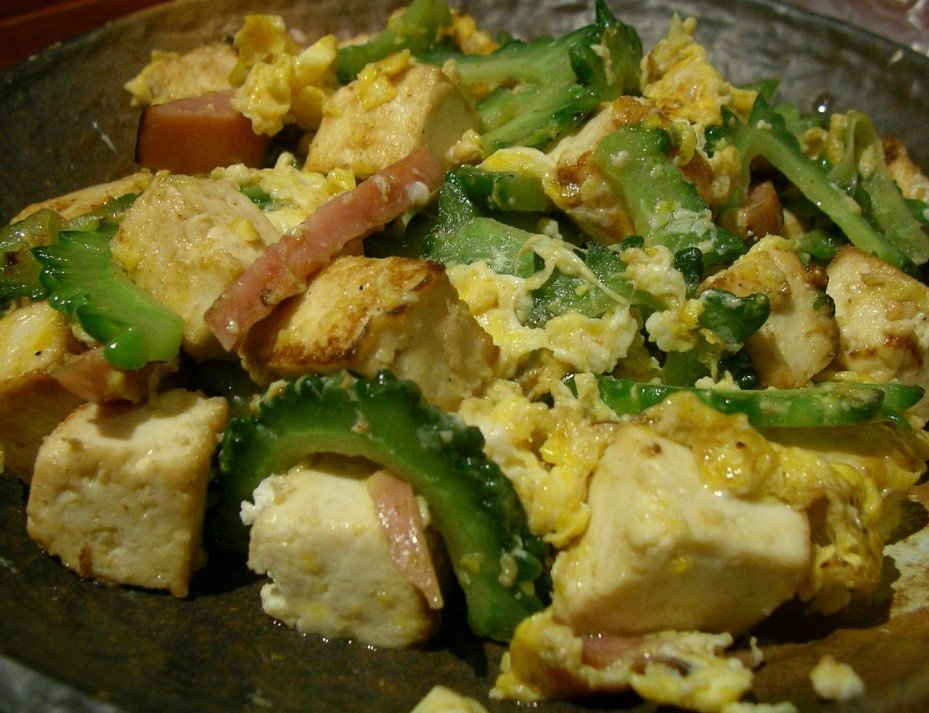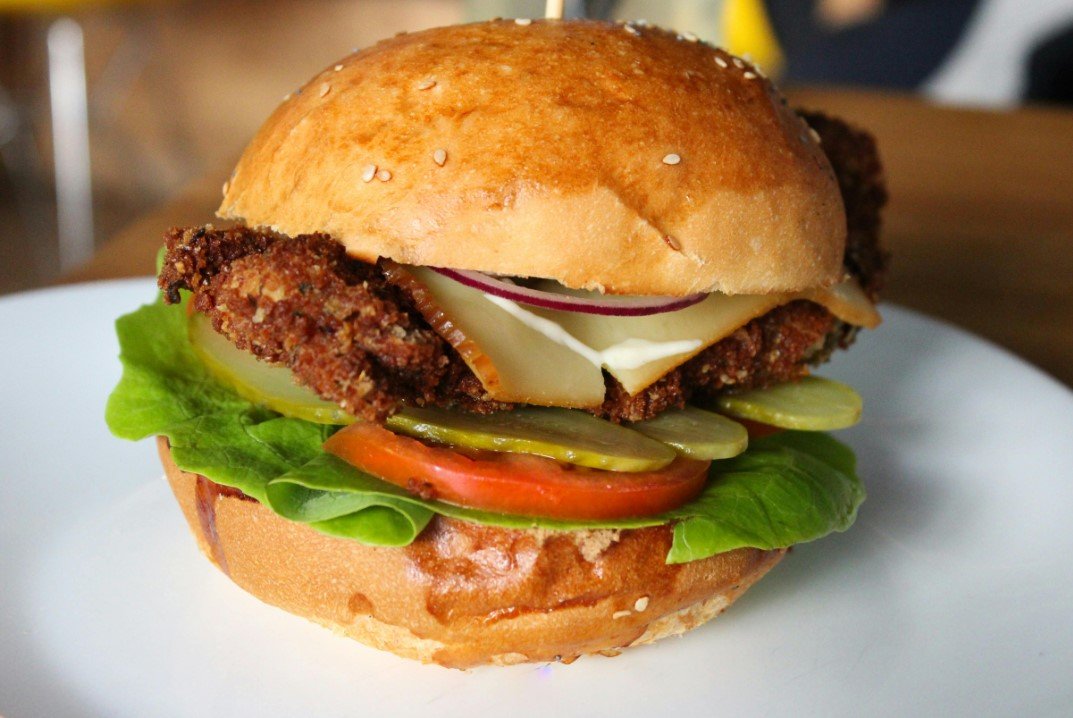As someone with extensive experience in creating recipes for autistic picky eaters, I understand the challenges parents face when preparing meals for their children. Building a connection with my audience is essential, and I am eager to share my knowledge and insights to help you create nutritious and delicious meals your child will love. Recipes for autistic picky eaters can make a significant difference in your child’s overall health and well-being.
What are some effective ways to create tasty, healthy meals that cater to the unique needs of autistic picky eaters? The key lies in understanding the root causes of picky eating in autistic children, and then crafting recipes that incorporate nutrient-rich ingredients while keeping mealtime fun and engaging. By following the tips and suggestions in this article, you will be able to create a variety of dishes that not only satisfy your child’s taste buds but also provide the essential nutrients they need for optimal development. So, let’s dive in and explore these tasty, nutritious recipes for autistic picky eaters together!
What Causes Picky Eating in Autistic Children?
Picky eating is a common challenge faced by many parents, especially those with autistic children. Sensory sensitivities, rigid routines, and gastrointestinal issues are some of the primary factors contributing to picky eating in autistic children. Understanding these causes can help parents create tailored recipes that cater to their child’s unique needs and preferences. By addressing the underlying reasons for picky eating, it becomes easier to ensure that your child receives the appropriate nutrients and enjoys mealtime.
One of the sensory sensitivities often experienced by autistic children is hypersensitivity to taste, texture, or smell. This sensitivity can make certain foods unappealing or even unbearable for them. To overcome this hurdle, it is essential to experiment with various food textures, flavors, and presentation styles. For instance, you could try blending fruits or vegetables into a smoothie or incorporating them into dishes with familiar tastes and textures.
Recent studies have shown that nearly 70% of autistic children experience gastrointestinal issues, such as constipation, diarrhea, or abdominal pain. These issues can further contribute to picky eating, as certain foods may trigger or exacerbate these symptoms. Therefore, it is crucial to identify and avoid potential food triggers while still providing a balanced and nutritious diet for your autistic picky eater.
6 Nutrient-Rich Ingredients to Include in Recipes for Autistic Picky Eaters
Incorporating nutrient-rich ingredients into your child’s meals can help ensure they receive the essential vitamins and minerals needed for proper growth and development. As a parent of an autistic picky eater, you might be wondering which ingredients are both nutritious and appealing to your child’s specific tastes and preferences. Here are six nutrient-rich ingredients to consider including in your recipes:

Recipes for Autistic Picky Eaters: Nutritious and Tasty Meal Ideas
-
Quinoa: This gluten-free grain is an excellent source of protein, fiber, and various essential nutrients like iron, magnesium, and B vitamins. Quinoa can be used as a base for salads or as a substitute for rice in various dishes.
-
Avocado: Rich in healthy fats, fiber, and vitamins E and K, avocado can be incorporated into smoothies, spreads, or even used as a substitute for butter in baking recipes.
-
Sweet potatoes: These versatile vegetables are packed with vitamin A, fiber, and potassium. They can be baked, mashed, or turned into fries for a healthier alternative to traditional potato dishes.
-
Chia seeds: High in omega-3 fatty acids, antioxidants, and fiber, chia seeds can be added to smoothies, yogurt, or oatmeal for an extra nutritional boost.
-
Spinach: This leafy green is rich in vitamins A, C, and K, as well as iron and calcium. Spinach can be blended into smoothies, mixed into pasta sauces, or added to omelets and casseroles.
-
Almonds: A great source of healthy fats, protein, and vitamin E, almonds can be consumed whole, crushed into almond meal for baking, or blended into almond butter for a tasty spread.
By incorporating these nutrient-rich ingredients into your recipes, you can create delicious and healthy meals that cater to the unique needs of your autistic picky eater.
How to Make Mealtime Fun and Engaging for Autistic Picky Eaters
Creating a positive and enjoyable dining atmosphere can significantly impact how autistic picky eaters perceive and experience mealtime. By incorporating fun and engaging elements into your child’s meals, you can encourage them to try new foods and make the process more enjoyable for everyone involved. So, what are some effective strategies for making mealtime fun and engaging for autistic picky eaters?
- Involve your child in meal preparation: Allowing your child to participate in cooking or setting the table can give them a sense of ownership and pride in the meal. This involvement may make them more inclined to try new foods.
- Use colorful and attractive food presentations: Arranging food in visually appealing ways, such as making a rainbow salad or using cookie cutters to create fun shapes, can spark your child’s interest and make the meal more inviting.
- Introduce food-themed games and activities: Engage your child in games that incorporate different foods, like sorting fruits and vegetables by color or creating a food-themed memory game. These activities can help familiarize your child with various ingredients and make them more open to trying new dishes.
- Create a relaxed and comfortable dining environment: Ensure that the dining area is well-lit, free of distractions, and conducive to a pleasant mealtime experience. Soft music or familiar sounds can also help autistic children feel more at ease during mealtime.
- Incorporate sensory-based food exploration: Encourage your child to touch, smell, and play with their food before tasting it. This hands-on approach can help reduce any anxiety or reluctance associated with trying new foods.
- Establish a consistent mealtime routine: Having a predictable schedule for meals can provide a sense of structure and security for autistic children, making them more receptive to new foods and experiences.
By implementing these strategies, you can create a fun and engaging mealtime environment that encourages your autistic picky eater to explore new foods and enjoy their dining experience.
Pros and Cons of Different Types of Recipes for Autistic Picky Eaters
When creating recipes for autistic picky eaters, it’s essential to consider the unique needs and preferences of each child. Various types of recipes offer different benefits and challenges, making it crucial to weigh the pros and cons before deciding which ones to incorporate into your meal planning. So, what are the advantages and disadvantages of different types of recipes for autistic picky eaters?
-
Smoothies:
- Pros: Easy to prepare, highly customizable, and great for incorporating fruits, vegetables, and other nutrient-dense ingredients. They can also be an effective way to introduce new flavors and textures.
- Cons: May not be suitable for children who are sensitive to cold temperatures or specific textures, and may not provide enough variety in taste and texture for some children.
-
Finger foods:
- Pros: Encourage independence and fine motor skills development, can be visually appealing, and may help engage children with sensory exploration.
- Cons: May not be nutritionally complete if not carefully planned, and some children may struggle with certain textures or shapes.
-
Casseroles and one-pot meals:
- Pros: Convenient, time-saving, and easy to prepare, while also being versatile and adaptable to various dietary needs.
- Cons: Mixing multiple ingredients and textures might be overwhelming for some autistic picky eaters, and certain combinations may not be well-tolerated.
-
Purees and soups:
- Pros: Ideal for children with texture sensitivities, as they offer a smooth and consistent texture. They can also be easily customized to include various nutrient-dense ingredients.
- Cons: May not provide enough variety in taste and texture for some children, and may not be suitable for those who prefer more solid foods.
-
Baked goods:
- Pros: Can be visually appealing and comforting, while also offering opportunities to incorporate nutrient-dense ingredients like fruits, vegetables, and whole grains.
- Cons: May require more time and effort to prepare, and may not be as nutritionally balanced as other types of recipes if not carefully planned.
By considering the pros and cons of different types of recipes, you can create a diverse and balanced meal plan that caters to your autistic picky eater’s unique needs and preferences.
5 Easy and Delicious Recipes for Autistic Picky Eaters
Finding the right recipes for autistic picky eaters can be challenging, but it’s essential to ensure they receive the nutrients they need while enjoying their meals. So, what are some easy and delicious recipes that cater to the unique preferences of autistic picky eaters? Here are five options to consider:
-
Cheesy Cauliflower Tots: These bite-sized tots combine the goodness of cauliflower with the familiar taste of cheese. They’re crispy on the outside and soft on the inside, making them a great finger food option for children who enjoy different textures.
-
Chicken and Veggie Quesadillas: This recipe combines shredded chicken, bell peppers, and cheese in a whole wheat tortilla. It’s a versatile dish that can be easily customized to include your child’s favorite ingredients.
-
Rainbow Fruit Skewers: Create a colorful and visually appealing snack by threading various fruits onto skewers. You can use strawberries, pineapple, blueberries, and grapes for a vibrant mix of flavors and textures.
-
Veggie-Packed Turkey Meatballs: These meatballs incorporate finely chopped vegetables like carrots and zucchini into a flavorful turkey mixture. Serve them with a side of marinara sauce or over whole wheat pasta for a complete meal.
-
Sweet Potato and Apple Pancakes: A twist on traditional pancakes, this recipe uses mashed sweet potatoes and grated apples for added nutrition. Serve with a drizzle of maple syrup or a dollop of Greek yogurt for extra flavor and creaminess.
By incorporating these easy and delicious recipes into your meal planning, you can cater to the unique needs and preferences of your autistic picky eater while providing them with a variety of nutritious options
Tips for Encouraging Autistic Picky Eaters to Try New Foods
Introducing new foods to autistic picky eaters can be challenging, but with the right approach and a little patience, you can help your child expand their palate. So, what are some effective strategies for encouraging autistic picky eaters to try new foods?
- Start small and gradual: Introduce new foods one at a time and in small portions, so your child doesn’t feel overwhelmed. Begin with foods that have similar tastes or textures to their favorites and gradually move on to more novel options.
- Be patient and persistent: It may take several attempts before your child is willing to try a new food. Don’t give up; continue offering the food at different times and in various forms until they become more comfortable with it.
- Model healthy eating habits: Children often learn by example, so make sure to demonstrate healthy eating habits yourself. Enjoy a variety of foods and show enthusiasm when trying something new.
- Create a reward system: Offer praise or small rewards for trying new foods. This positive reinforcement can help motivate your child to be more adventurous in their eating habits.
- Make mealtime enjoyable: Keep the atmosphere relaxed and positive during mealtime, and avoid pressuring your child to eat. Encourage conversation and laughter to create a pleasant dining experience.
- Get creative with presentation: Arrange food in visually appealing ways or use cookie cutters to create fun shapes. A visually stimulating presentation can encourage your child to try new foods.
- Involve your child in meal planning and preparation: Allowing your child to choose and help prepare new foods can give them a sense of ownership and pride in the meal, making them more likely to try it.
With these tips in mind, you can help your autistic picky eater become more open to trying new foods and enjoy a more diverse and nutritious diet.
To Wrap Up
In conclusion, understanding the unique challenges faced by autistic picky eaters is crucial for creating meal plans that cater to their specific needs and preferences. By incorporating nutrient-rich ingredients, making mealtime fun and engaging, and considering various types of recipes, parents and caregivers can encourage their autistic picky eaters to explore new foods and enjoy a more balanced diet.
Remember, patience and persistence are key when working with autistic picky eaters. With time and effort, you can help create a positive and enjoyable dining experience that benefits both you and your child, bringing smiles to everyone’s faces.
Frequently Asked Questions
[faq-schema id=”1169″]
















